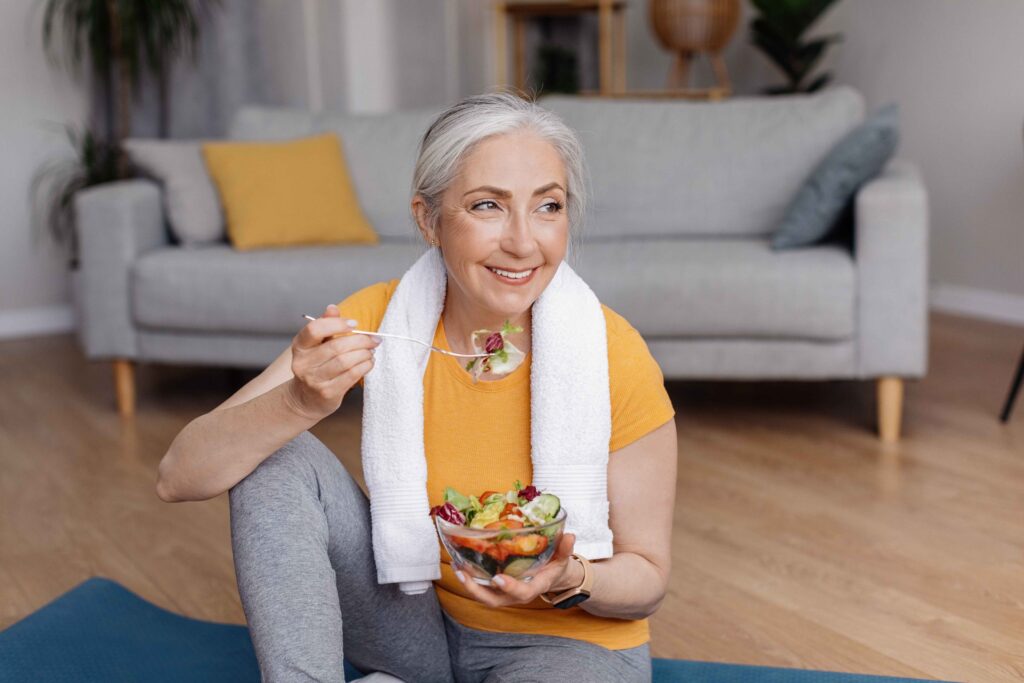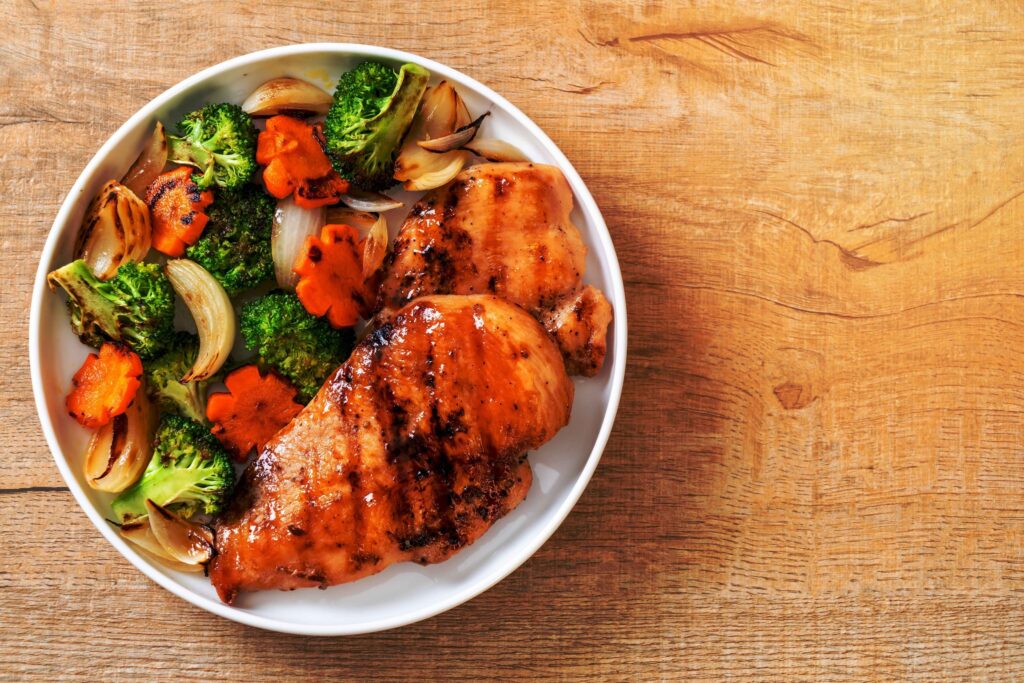What Is the Paleo Diet?
The Paleolithic or Paleo diet has grown in popularity in recent decades even though it has been around, some might argue, since the very beginning. This diet takes you back to your roots, literally. It gets its nickname “Stone Age diet” because it is an attempt to get people to eat what their ancestors during the Paleolithic Era over 2.5 million years ago ate.
The Paleo diet attempts to reset what we eat to foods our bodies can handle. Back in the age of the hunters and gathers, there was no modern farming or dairy. Some of today’s food options are the direct result of the growth of technology. The theory behind the Paleo diet is that it cuts out a lot of the bad things people eat, like fast food. Paleo is similar to Keto in the way that it is low carbohydrate.
Let’s explore the Paleo diet more to see who it might benefit.
What Can You Eat on a Paleo Diet?
The Paleo diet consists of foods available to our ancestors, who were hunters and gathers.
What you can eat on the Paleo diet includes:
- Fruits
- Vegetables – Avoiding starchy ones
- Lean meat such as grass-fed beef and game
- Fish
- Nuts
- Eggs
- Seeds
It cuts out foods associated with modern farming, such as:
- Dairy
- Grains
- Legumes
- Refined sugars
- Foods with added salt
- Processed foods
- Vegetables high in starch, such as corn or potatoes
The Paleo diet removes some of the foods associated with chronic diseases such as obesity, heart disease, and diabetes.
What Are the Pros and Cons of the Paleo Diet for Older Adults?

Pros
There is a lot of good to be found in the Paleo diet plan. For instance, it helps people focus on foods that they often don’t get enough of, like healthy vegetables and fruits. It shifts the focus away from less healthy foods like processed carbohydrates.
The Paleo diet can put you on a healthy eating plan that may pay off, especially for those over the age of 50 who struggle with weight management and chronic illness. The proper diet can also help control blood sugar levels and lipid profiles. That means lower incidents of diabetes and high blood cholesterol.
The Cons
It’s not all good news with this diet plan, though. The Paleo diet is a rather extreme approach to eating because it cuts out complex carbohydrates and food groups like dairy that provide essential vitamins and minerals, such as calcium and vitamin D. Your body needs calcium and complex carbohydrates to stay healthy and maintain bone density, especially as you age.
It can also lower fiber intake and micronutrients such as iron, zinc, and copper. People who follow a strict Paleo diet may develop nutrient deficiencies that affect their health. For example, a lack of calcium in your diet can lead to osteoporosis.
That is why many modern Paleo diet enthusiasts follow a modified plan to include healthy foods like grass-fed butter and gluten-free grains. They can even eat some dark chocolate and drink red wine.
What Does a Paleo Diet Grocery List Look Like?

If you’re interested in trying to eat Paleo, or incorporate more Paleo foods into your meal plan, here is a some foods to add to your grocery list.
Protein
This diet is heavy in protein, so that is an excellent place to start. You’ll want to buy:
- Chicken
- Eggs
- Fish
- Pork
- Red meat
- Turkey
Focus on grass-fed animal proteins and make sure they are lean.
Veggies
Vegetables are also a staple food in this plan. Stock up on leafy greens and cruciferous vegetables (like cabbage and broccoli). Here are some vegetables to omit from your cart if you’re trying out Paleo:
- Potatoes
- Corn
- Peas
- Lima beans
If you’re following an extreme Paleo diet, you’ll also want to avoid all beans and legumes, such as soybeans and lentils.
Fruits
Most fruits are fair game, too. You can enjoy:
- Citrus
- Grapes
- Melons
- Peaches
- Plums
- Berries
- Apples
Healthy Oils
Oils that make the list include:
- Avocado
- Coconut
- Flaxseed
- Macadamia
- Olive
- Walnut
Stay away from:
- Canola
- Corn
- Sunflower
- Vegetable
- Safflower
- Soybean
- Lard
- Margarine
- Peanut
Seeds and Nuts
Nuts and seeds are a great way to add a lot of vitamins and minerals to your diet! You can also include many seeds and nuts to your shopping list, such as:
- Almonds
- Cashews
- Hazelnuts
- Macadamia nuts
- Pecans
- Pine nuts
- Pistachios
- Pumpkin seeds
- Sunflower seeds
- Chia and flax seeds
You’ll notice peanuts are missing from this list. Peanuts are not actually nuts but legumes. That is one of the food groups you should avoid.
The Paleo diet can put you on a path to healthy eating, which is good. It is vital to ensure you get all the necessary nutrients, so a modified Paleo diet might be the best option for most people over 50. An extreme diet that restricts food groups, such as Paleo, may not be beneficial for those over 50 because it’s not sustainable and may lead to nutritional deficiencies.
More Mighty Health Nutrition Guidance
If you’re thinking about a Paleo diet or have questions on the best eating patterns to lose weight, try talking with one of our health coaches! You’ll receive personalized, one on one guidance on the best foods to eat for your health goals.
Get more great information about healthy nutrition from our Mighty Health website. We offer exercise, nutrition, and daily health information for those 50+.
